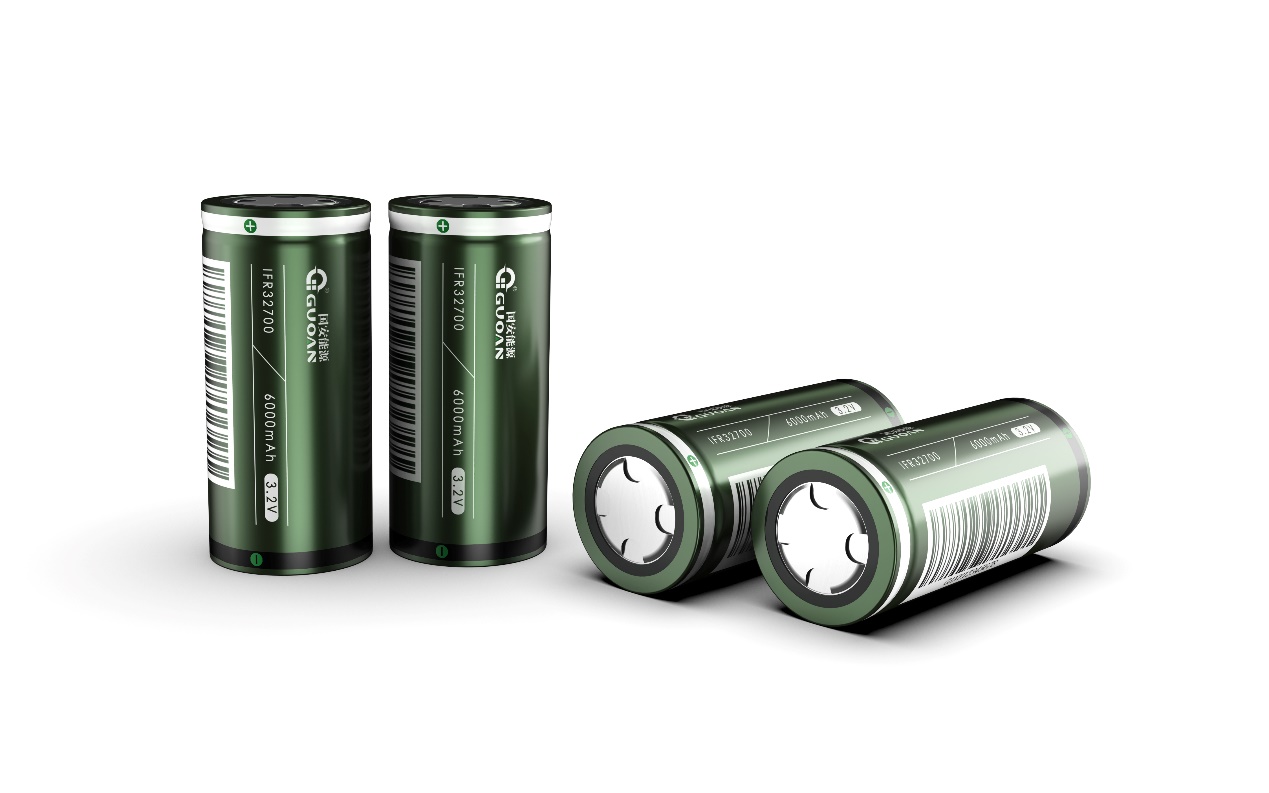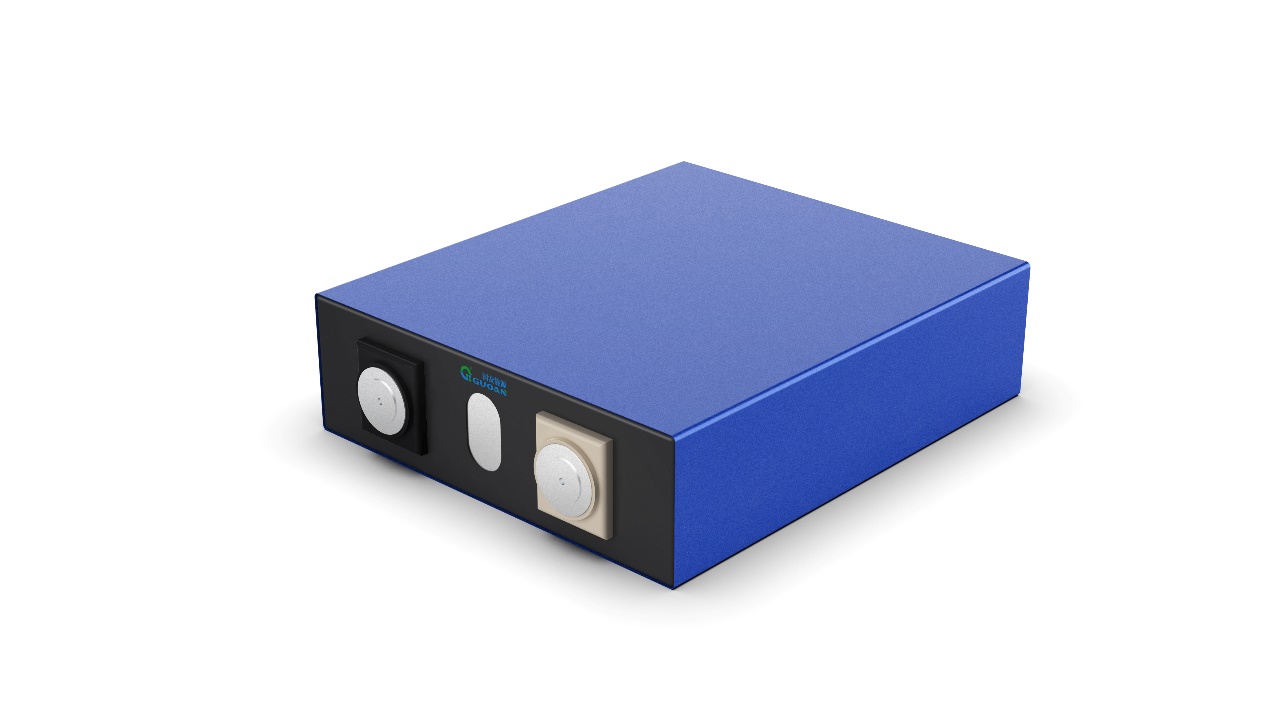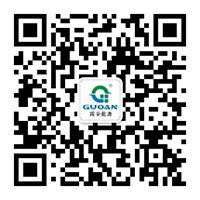Lithium iron phosphate battery
Guoan Energy Technology (Dongguan) Co., Ltd. R&D Center Editor
I. Basic Overview
Lithium iron phosphate batteries (LiFePO₄) use lithium iron phosphate as the cathode material and carbon as the anode, with a single-cell rated voltage of 3.2V and a charging cut-off voltage of 3.6-3.65V. Their operating principle is based on the migration of lithium ions between the positive and negative electrodes during charging and discharging. Compared to ternary lithium batteries, their raw materials do not contain cobalt, nickel, and other rare metals, resulting in lower costs.

II. Market Status
The global new energy vehicle market's demand for lithium iron phosphate batteries will explode in 2025, with many automakers signing long-term orders:
Ford signed an agreement with CATL to secure supply for 2026-2030, including super-fast charging batteries; Renault is cooperating with LG Energy Solution and CATL, with a procurement volume of 39GWh from 2025-2030.
In February 2025, lithium iron phosphate accounted for 81.5% (28.4GWh) of China's power battery installations, far exceeding ternary batteries.

III. Technological Advantages
Safety: High thermal stability, low risk of thermal runaway, suitable for high-safety scenarios such as electric buses;
Economy: Low raw material costs, reduced vehicle production costs, and more competitive end prices;
Cycle Life: More than 2000 cycles, slow capacity decay, suitable for long-cycle applications such as energy storage power stations;
Environmental Adaptability: Good high-temperature stability, low self-discharge rate, and support for fast charging.
IV. Application Areas
New Energy Vehicles: Tesla, Volkswagen, BMW, and other automakers plan to use lithium iron phosphate batteries in their models;
Energy Storage Systems: Long life and high safety make it the preferred choice for energy storage power stations;
Global Layout: Chinese companies are accelerating the expansion of overseas markets, and it is expected that the 750GWh battery demand in Europe in 2030 will adopt the lithium iron phosphate route.
V. Recycling and Environmental Protection
Lanjun New Energy's recycling process uses ozone leaching technology to separate iron and lithium ions, improving recycling efficiency and promoting the sustainable development of the industry.
VI. Future Trends
Technological Progress: Iteration of high-density, high-rate products to meet fast-charging needs;
Market Expansion: Global demand is expected to continue to grow, with Chinese manufacturers leading technology output and production capacity layout.
Lithium iron phosphate batteries, with their comprehensive performance advantages, are gradually consolidating their core position in the new energy field.
Guoan Energy Technology (Dongguan) Co., Ltd. R&D Center Editor
Service Hotline
Email:zhangjie@ganeny.com
Website:www.ganeny.com
Address: No. 79, Shayuan Road, Shabu, Dalang Town, Dongguan City, Guangdong Province, China

Official Public Account
Privacy Policy | SEO | Support:300.cn
